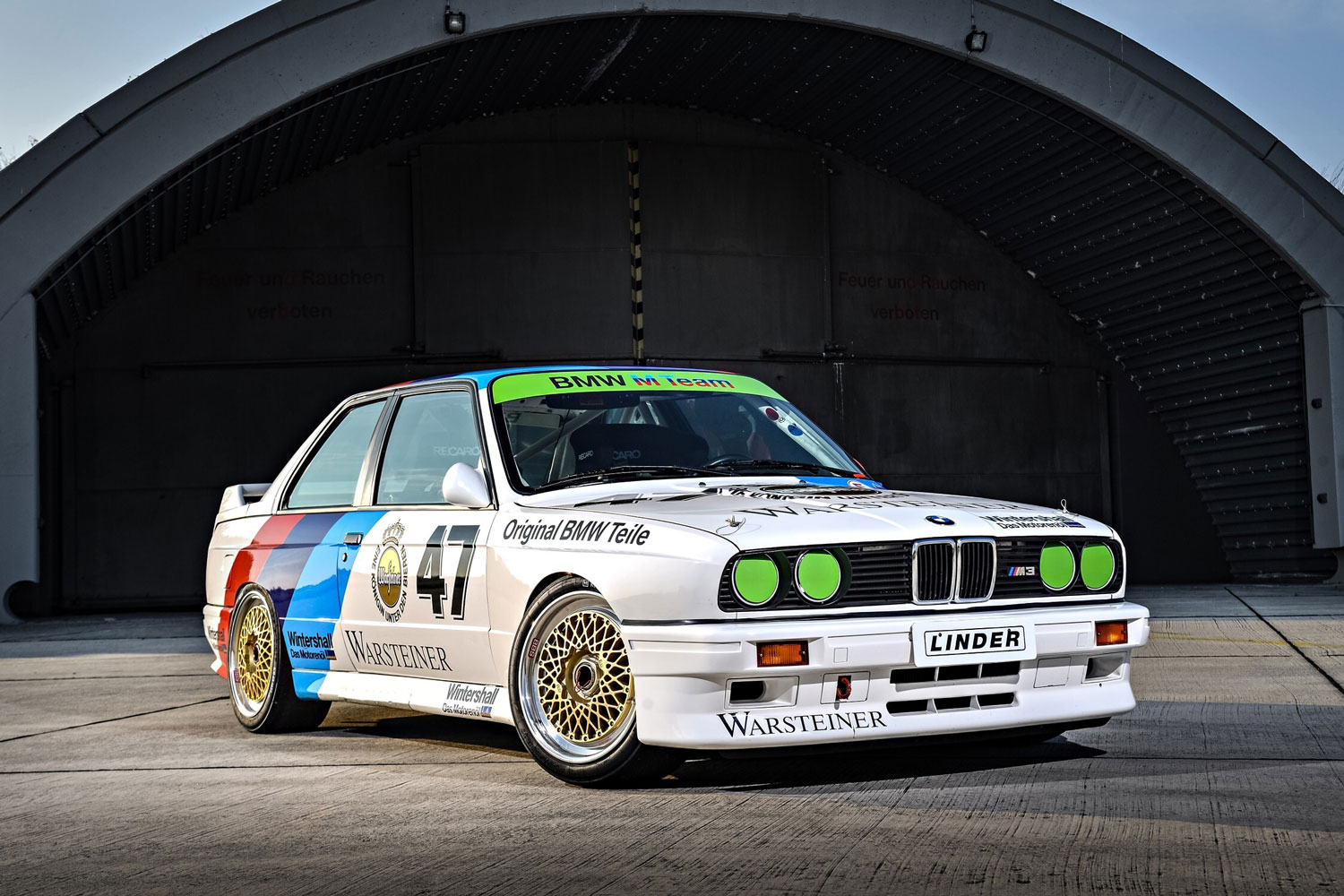What Does BMW Stand For?
Here’s what you need to know about the German automaker.
 BMW
BMW
What does BMW stand for?
BMW stands for Bayerische Motoren Werke, or Bavarian Motor Works to English-speakers. The automaker’s headquarters are in Munich, and before the company built cars, it developed aircraft engines for Germany during World War I. Once the fighting ceased, BMW began producing motorcycles, which it still does today. In 2021, the company sold nearly 200,000 bikes and scooters worldwide. Fun fact: if you’ve ever called a BMW car a Beemer, you’ve got it wrong. That name applies only to the brand’s motorcycles. The cars are Bimmers.
Back to the history lesson; the company’s first automobile, the tiny 1928 Dixi, was little more than a rebadged Austin 7, but within a few short years, BMW came to design its own models. By 1933, it had established the trademark twin-kidney grille that continues to inspire the front-end design of its vehicles.
What Is BMW Known For?
In the mid-1950s, BMW tried to establish itself as a luxury player, offering expensive V8 models like the 503 and 507 to rival the Mercedes-Benz 300SL. Their commercial failure would have forced the company into bankruptcy had it not been for the success of the Isetta minicar, an Italian oddity that BMW built under license and heavily re-engineered, as well as a substantial investment from financier Herbert Quandt in 1959. His heirs remain the company’s largest shareholders.
BMW would eventually reach the level of luxury automaker in the 1970s with the introduction of the 5, 6, and 7 Series, but it really made a name for itself with the compact 2002. This sports coupe emerged in the 1960s and sparked a loyal following among car enthusiasts. Its successor, the 1975 (1977 for the U.S.) 3 Series, became a benchmark for performance and helped bolster the brand’s then-new ad campaign, which marketed BMW as the builder of the “Ultimate Driving Machine”. To this day, the 3 Series remains one of the automaker’s most popular models.
BMW’s first SUV, the X5, arrived in 1999 and sold well. The automaker then sought to expand its so-called Sports Activity Vehicle lineup. Next came the X3, which has grown in popularity since its 2003 debut to become the brand’s bestseller.
Also around the turn of the century, BMW acquired two storied British marques at opposite ends of the auto spectrum: Mini and Rolls-Royce. These three brands—soon to be four, with the adoption of longtime tuner Alpina—make up BMW Group.
What Kinds of Cars Does BMW Build?
The BMW lineup is the largest and most diverse it’s ever been, with starting prices ranging from just over $36,00 for the X1 sDrive28i to nearly $145,000 for the M8 Competition convertible. The brand has a full range of SUVs (from the X1 to the X7, plus the electric iX) as well as passenger cars (series 2 through 8, the Z4, the i4, and the i7).
Of those vehicles, many have high-power M variants, too. The M division sprung from the brand’s decades of racing success—M stands for motorsport—and the marque prides itself on maximizing BMW performance through engine tuning and aerodynamic trickery.
The automaker assembles its models in several countries, but its largest manufacturing location is in Spartanburg, South Carolina. That plant churns out 1,500 vehicles a day and makes the X3, X4, X5, X6, and X7. In the near future, BMW is likely to build new facilities and retool old ones to accommodate electric-vehicle platforms, as it intends for electric vehicles (EVs) to make up half of its global production by 2030.
Written by humans.
Edited by humans.
 Jim Koscs
Jim KoscsJim Koscs has been writing about cars for more than 30 years, his byline appearing in national enthusiast and trade publications, newspapers, and websites. He covers a broad spectrum of topics in automotive business, culture, collecting, design, history, racing, and technology. The "car thing" goes way back for Jim. At the 1968 New York Auto Show, he snuck away from his father to get a better look at a Rolls-Royce... from underneath it, to see if it had dual exhausts. (It didn't.)
Related articles
View more related articles